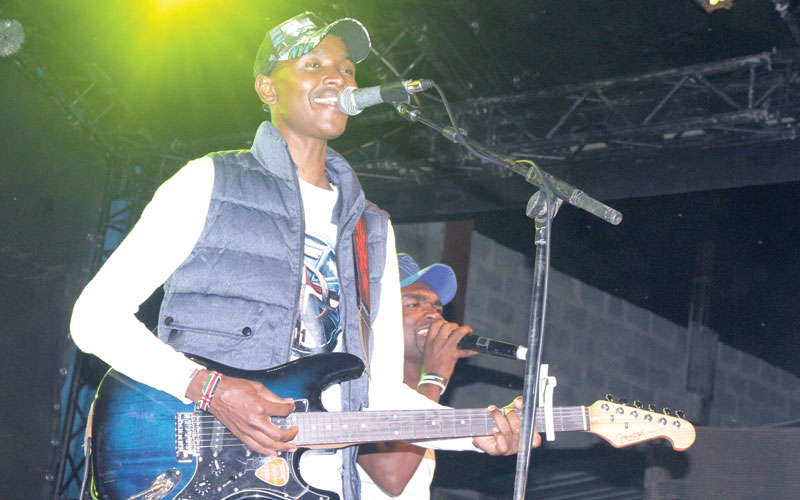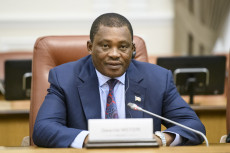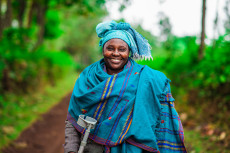- The word 'mugithi' refers to a train, symbolizing a continuous flow of music in which the performers and the audience join in a sing-along movement.
Mugithi, a popular genre of music originated in the 1950s and 1960s as a form of storytelling, blending traditional Kikuyu folk tunes with modern instrumentation.
It is associated with the Kikuyu, especially from the central region of Kenya.
The word 'Mugithi' refers to a train, symbolizing a continuous flow of music in which the performers and the audience join in a sing-along movement.
Initially, Mugithi was greatly influenced by Joseph Kamaru, one of the greatest pioneers of Kikuyu music. Kamaru's songs often carried deep social, political, and cultural messages that communicated the resistance, resilience, energy, and freedom of the Mau Mau fighters.
Mugithi music has evolved over the years, with artists shifting from purely folk songs to more urban and contemporary sounds. The evolution has been marked by the rise of the one-man guitar performance style, which involves a single performer playing guitar while singing.
Read More
In the 1990s, legendary Mugithi musicians like Salim Junior and John Demathew modernized their songs.
They incorporated electric guitars and digital beats in their songs, which focused on love, social issues, and politics.
This made the genre attract a large audience beyond the Kikuyu community.
In recent years, Mugithi has continued to grow, becoming one of the most dominant and loved genres of music in Kenya. Mugithi nights and Mugithi remixing have become major features in entertainment spots across the country.
Mugithi artists such as Samidoh, Jose Gatutura, and Waithaka Wa Jane have brought a youthful, energetic appeal to Mugithi music. Their way of blending traditional rhythms with modern beats has made Mugithi more popular with the young generation.
Mugithi has proven to be an adaptable genre. With the emergence of new, fresh ideas from different artists, the genre continues to grow, moving beyond central Kenya to national and even international stages.












